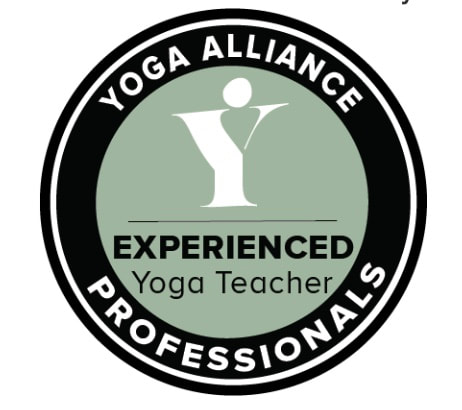|
In Meditations from the Mat, Rolf Gates speaks of the breath as a bridge between body and spirit. He reminds us of our capacity to use it to still the restlessness in our body, our mind, or both.
Full attention to the breath and the pauses between the breath draw us into now, the present moment. We are released from the burdens of the past and worries for the future. This also applies in our asana work. There is no end game, no final pose we strive to achieve and no sense of failure in past attempts. Instead, each and every breath and pause becomes a thread that weaves a wiser, more thoughtful practice. During our asana practice, neural connections are being created, our body and mind are learning how to work together harmoniously instead of fighting against each other. The breath is the bridge, the mediator. So stay attentive to the work being done in each moment as you breathe in and breathe out. Keep a lightness of spirit. The natural by-product becomes a practice which is truly a moving meditation. In our asana practice, often our attention is consumed with a myriad of alignment and grounding details. But as we get to know the poses, it creates more mind space to take our awareness to new places. We explored this last week, noticing where we can take the breath to in different asanas. We will continue this in classes this week.
Our asana practice has the potential to improve our respiratory function, but we need a level of awareness of our baseline, and the ability to feel how the breath and body respond when we consciously alter how we breathe during our asana practice. So take time in your practice to feel the breath, and to notice what small changes you can make to develop its capacity. Inspired by my Dorset yoga workshop with Joey Miles last week, I wanted to bring into classes this week a refocus on the breath. How do we know if we have opened ourselves up fully to receive the breath? As we sit or lay at the start our practice, hands lightly placed at the belly can assist. Ensure clothing is not restricting this area. First feel and notice any muscle contractions, any gripping in this area- exaggerate it so you begin to learn where you natural hold on. Then cultivate softness at the belly as you relax the muscles on the inhale, to create space for the breath to move into.
If you think you have relaxed the area fully, challenge this assumption. On the next exhale, gently contract the area and then as the inhale begins, try to relax the area even more. Stay with the breath as you feel into softness with the inhale. Then move awareness to the sides, is there softness here too? Stay attentive as you explore how to let go to find space. Then let awareness glide around to the side body, the back, higher up into the abdomen and then up into the chest. Keep scanning your awareness to find additional space for the breath to open into. As we work with the breath in our asana practice, we have competing demands on our attention. So find time to draw awareness back to the breath. Whatever pose you find yourself in, feel where there is space to take the breath. In twists, one lung will feel more constricted, so move the breath more into the other side and take it higher up into the chest. Be aware of how you can play with the breath: explore where you can take it and be curious. Take your breath to new spaces and feel how it changes your practice. |
AuthorRuth is a yoga therapist and yoga teacher based in Cheltenham, UK. She emphasises yoga as a tool for well-being, for individuals and in her classes, in person or via zoom. Archives
October 2023
Categories |


 RSS Feed
RSS Feed

